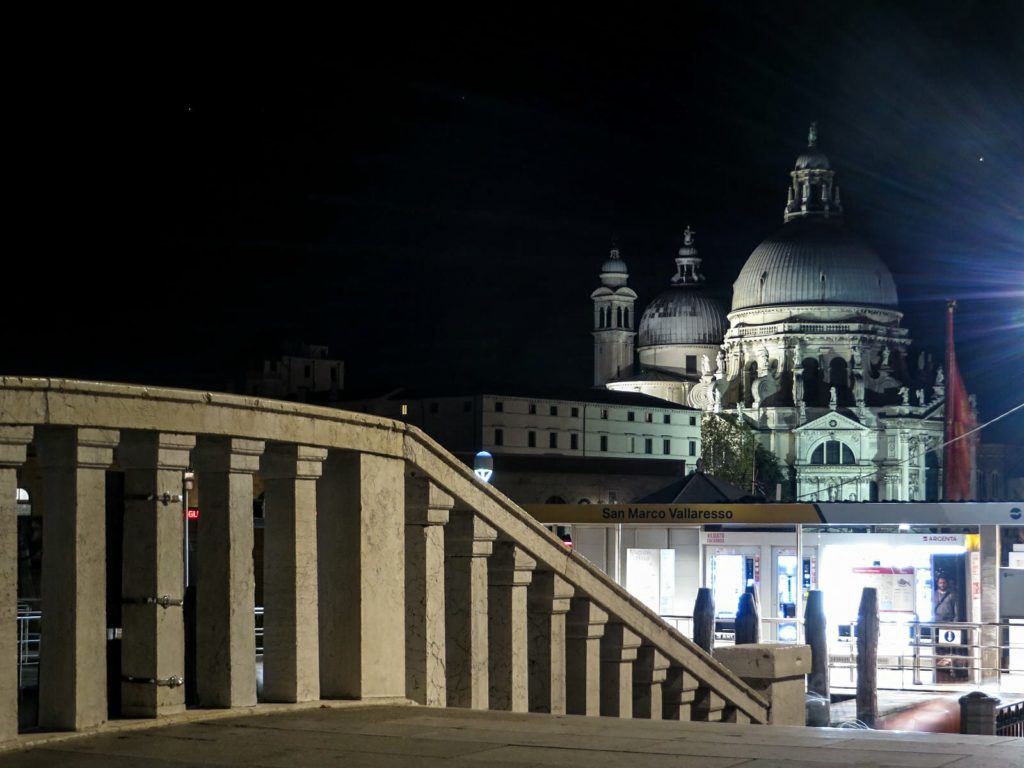The dramatic Italian coronavirus pandemic had started in Vò Euganeo, a small village of 3 thousand souls, in the province of Padua on 21 February.
We are in the deep north of Italy in the Veneto region where, after a month of lookdown, the population and closed businesses are starting to see the end of the tunnel.
The governor of the region, Luca Zaia, has updated the population day after day through a press conference since the beginning of the pandemic.
The ideas on how to act have always been clear from the beginning: red zones, timely closures of hospitals, many tests, and few hospitals admissions.
Although Veneto is the fourth region for confirmed COVID-19 deaths, with 940 deaths, there are other regions - Liguria and Marche - that count only a few dozen less.
The difference is that Veneto, as it has tested the population, can count on more reliable data to have a realistic representation of the real extent of contagion and deaths, something that cannot be said for most other regions.
This result was possible thanks to the timely intervention of the region in the aftermath of the "patient zero" in Vò Euganeo. Nobody waited, nobody minimized.
The ace in the hole of the governor Luca Zaia is Andrea Crisanti, a parasitologist at the University of Padua who runs one of the most important and respected microbiology laboratories in Italy.
At the suggestion of Crisanti and other scientific advisors, the region decided that it would invest money and resources to ensure the possibility of testing for the coronavirus. That decision, together with some other equally important ones, is the basis of what today is called the "Veneto Model", the golden one.
The first national government decree to fight the coronavirus arrived on 22 February, but the Veneto region was already at work from 20 January.
When the World Health Organisation, WHO, released the first protocols for testing to detect SARS-CoV-2, Andrea Crisanti informed the health directorate of the region that he would make a purchase to ensure sufficient reagents to analyze about 500 thousand tests for the coronavirus.
Today, the Veneto region has analyzed over 215 thousand coronavirus swabs, a few thousand less than in Lombardy.
The difference is that Veneto has less than five million inhabitants, Lombardy more than ten. Thus, the Veneto health task force was immediately able to work with exceptionally up-to-date precise data and mathematical models on spreading contagions.
This has meant being able to issue regional directives capable of tackling the problem with surgical precision.
Luck has also played in the region's favour, in fact another important aspect is the socio-morphological conformation of the region: few urban agglomerations, no metropolitan cities, and many open country areas ensured the absolute functionality of the "red zone" closure system.
Then, the hospitalization system has helped to alleviate the crisis in intensive care beds. The philosophy was as follows: the the virus is fought in the streets and not in hospitals.
The people who were admitted to the intensive care unit were the people with the greatest need and the health protection of the medical staff in the front line has always been at the centre of political interest: to date, about 10 thousand doctors and nurses.
Just for having a clear glimpse: today only 15% of current positive patients in Veneto are hospitalized, compared to 40% in Lombardy, 29% in Piedmont and 27% in Emilia-Romagna.
The widespread healthcare system seems to have won. The transmission belt between the family doctors scattered throughout the territory and the hospitals have managed to calm and monitor the outbreak of contagions.
Also, the close collaboration with the scientific community has been a distinguishing feature from the beginning and a pillar of the “Veneto Model”.
The excellent Veneto universities - Padua and Venice in particular - have never stopped trying new scientific research.
The last one was announced on 16 April. Luca Zaia said during the daily press conference: "The prostate cancer drug may be the key. The study will be published in the New England Journal of Medicine.
A prostate cancer drug inhibits the enzyme that is the vehicle of the virus", according to a study worked out by a research group led by Prof. Andrea Alimonti, pharmacology, composed by the University of Padova and the Foundation for Advanced Biomedical Research of Veneto.
Now, the Veneto region is preparing the plan for the gradual reopening of commercial activities scheduled for May.
You can see the light at the end of the tunnel: "everything will be all right."
Elia Cavarzan


